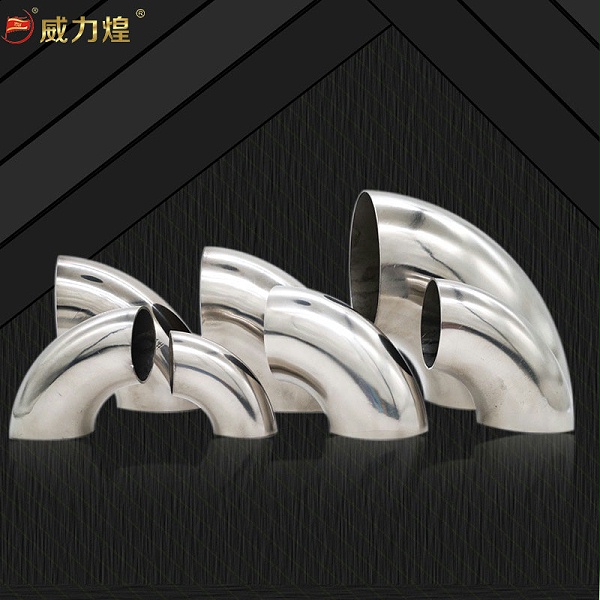Identification of authenticity of stainless steel elbows:
1.The copper sulfate spot test is the simplest and most convenient method to quickly distinguish common carbon steel from all types of stainless steel. The concentration of the copper sulfate solution used is5~10%. Before conducting the spot test, the test area should be thoroughly cleaned of grease or various impurities, and a small area should be polished with a soft grinding cloth. Then, a drop bottle should be used to drip copper sulfate solution into the cleaned area. Ordinary carbon steel or iron will form a layer of surface metallic copper within a few seconds, while the surface of stainless steel does not produce copper precipitation or show the color of copper.

2.Magnetic test: Magnetic test is the simplest way to distinguish annealed austenitic stainless steel from ferritic stainless steel. Austenitic stainless steel is a non-magnetic steel, but it will have a slight magnetic property after cold working under high pressure. Pure chromium steel and low alloy steel are both strongly magnetic steels.
Stainless steel elbow
2.One notable feature of stainless steel elbows in the nitric acid spot test is their inherent corrosion resistance to both concentrated and dilute nitric acid. This property enables it to be easily distinguished from most other metals or alloys. But high-carbon type420and440Steel is slightly corroded during the nitric acid spot test, while non-ferrous metals are immediately corroded when exposed to concentrated nitric acid. Dilute nitric acid has a strong corrosive effect on carbon steel.
3.Sulfuric acid test: The test of immersing stainless steel elbows in sulfuric acid can handle302and304with316and317Distinguish them. The cut edges of the sample should be finely ground and then subjected to a volume concentration of20~30%The temperature is60~66℃Nitric acid with a specific gravity of1.42Wash and passivate in the middle for half an hour. The volume concentration of the sulfuric acid test solution is10%Heat to71℃when.302and304When steel is immersed in this hot solution, it is rapidly corroded and generates a large number of bubbles, and the sample turns black within a few minutes. while316and317Steel samples are not subject to corrosion or react very slowly (without generating bubbles), and the samples are in10~15It does not change color within minutes. If samples with known compositions are tested simultaneously for approximate comparison, the test can be made more accurate.


